Please add image or text logo
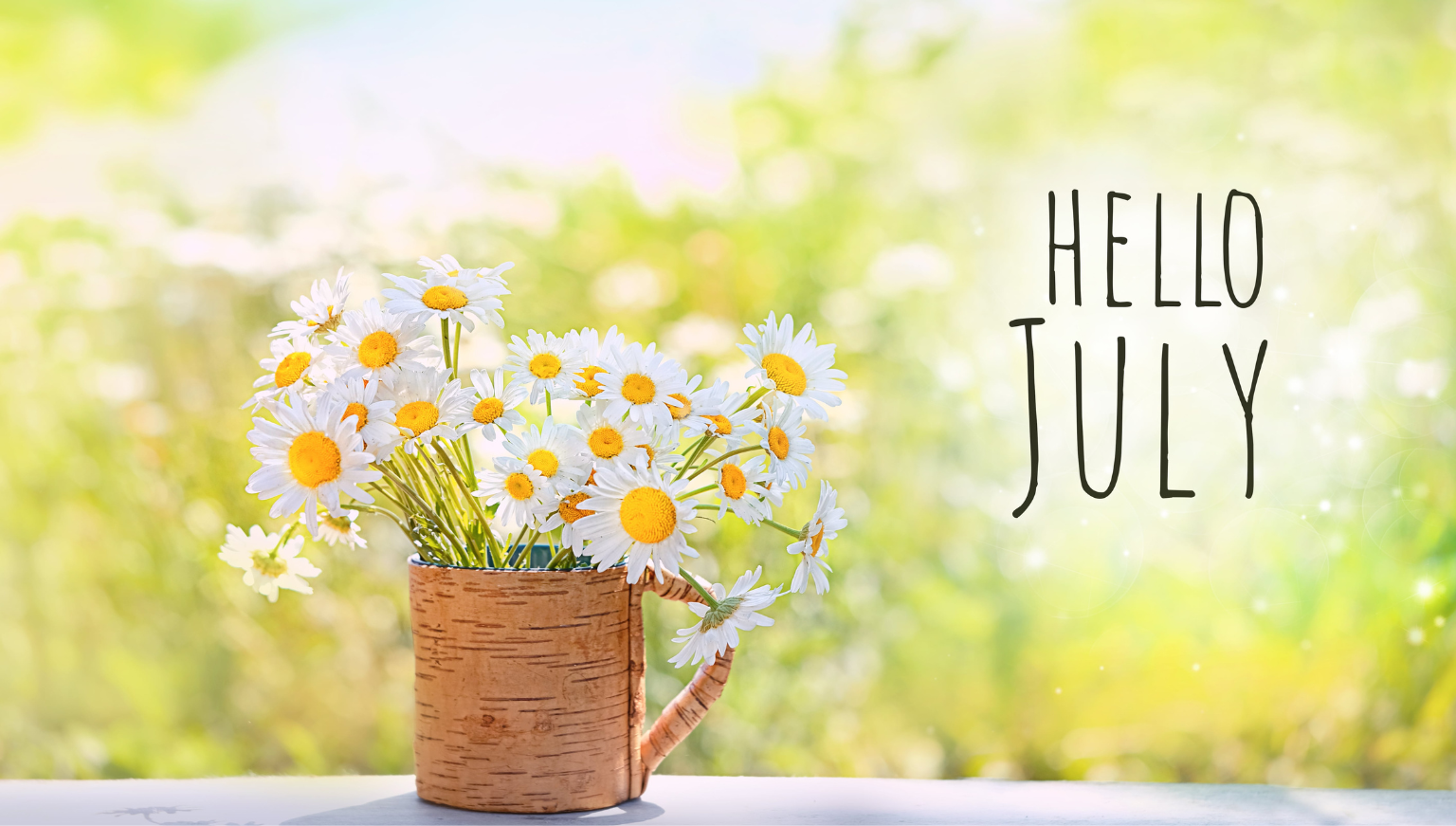
Here is our monthly round-up of news, tips and ideas to make the most of your garden this summer!
Summer is officially here (better late than never)! With the weather finally getting warmer, July is the perfect time to relax and appreciate the beauty of your garden – enjoying nature in full bloom.
Of course, your garden will still require a lot of attention in July, so there is plenty to do this month!
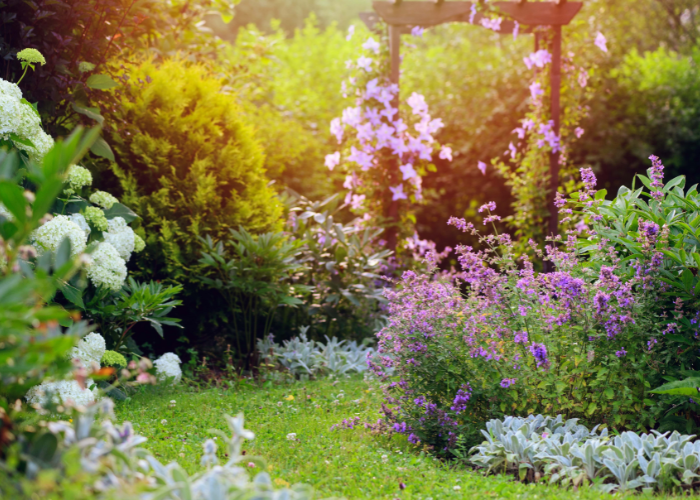
Keep your garden looking and performing its best with these important tasks:
• Plant autumn-flowering bulbs – While still dormant, plant autumn-flowering bulbs such as nerines, sternbergia, colchicums and the autumn crocus – for a beautiful display later this year.
• Water thirsty crops – Support the growth of your leafy crops, such as tomatoes, peas, beans and celery, and some fruits, such as pumpkins, squash and cucumbers, by watering regularly.
• Pots and planters – Pay attention to container plants and hanging baskets, as they may dry out faster.
• Plant out runner beans – If you have runner beans in pots or trays, now is the time to plant them out. Be sure to water well and pinch out the tops when they outgrow their supports.
• Harvest root vegetables as you need them – Most root vegetables will stay fresh when they are left in the ground, so only harvest as and when needed.
• Keep composting – Summer is a great time for composting, so keep adding kitchen waste and grass cuttings. Prevent the decomposition process from slowing down by keeping your compost bin moist during dry spells.
• Trim lavender – Use shears to keep your lavender in shape, cutting off old flowers and most of this year’s growth.
• Keep an eye out for aphids – Aphids can quickly become a problem in greenhouses when the temperature increases, sucking sap from plants which impacts their growth and can lead to disease. These can be tackled with organic insecticides.
• Plant out tomatoes – Tomatoes hate temperature fluctuations, so July often proves to be the best time to plant them outside. Once in the ground, they will grow rapidly and will need regularly tying to supports.
Visit one of our centres to pick up all the gardening tools you need!
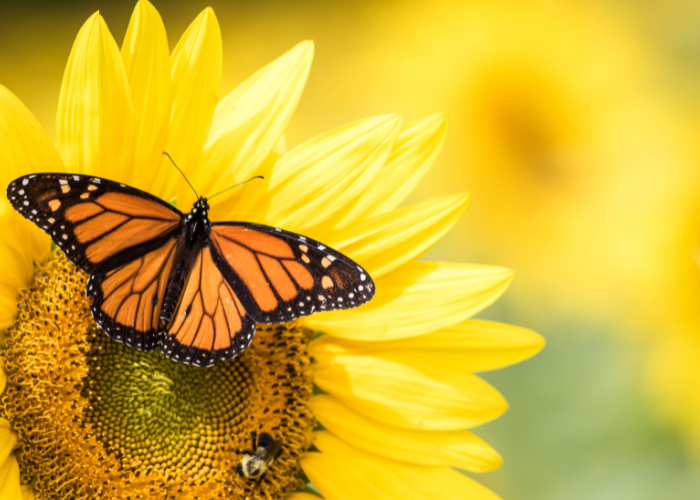
The Big Butterfly Count 2024 will be taking place from Friday 12th July to Sunday 4th August.
This remarkable UK-wide survey is your chance to help gauge the pulse of nature and assess the health of our environment. Taking part is as simple as counting the number and variety of butterflies (and some day-flying moths) you spot.
Participation in this initiative means you are contributing to a national butterfly database – aiding conservation efforts and informing policies aimed at protecting these charming and delicate insects.
Join The Big Butterfly Count and help shape the future of our environment.
Discover more here.
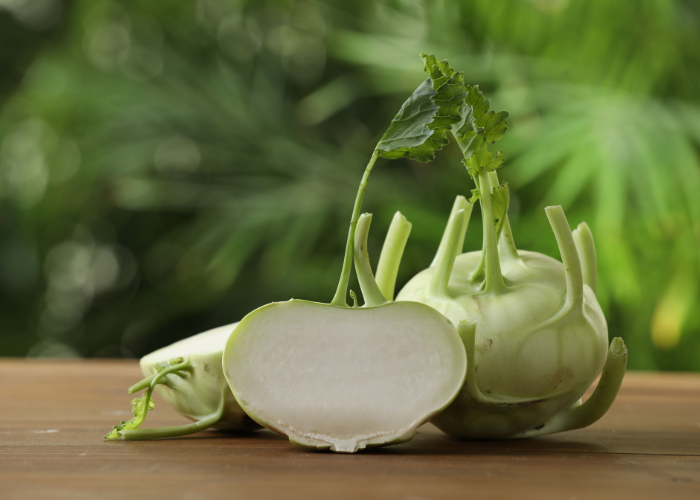
• Beetroot – Sow the seeds outdoors in 1cm-deep drills, ideally in light soil that is free of large stones. Most globe types of beetroot are ready to sow in 8-10 weeks. If in doubt, it is better to harvest beetroot too early rather than too late.
• Kohlrabi – Sow little and often from February to August for a constant supply. Harvest kohlrabi when it is young and between a golf ball and tennis ball size, to avoid losing flavour and tenderness.
• Mangetout peas – Sow directly into soil outdoors and, as the plants grow, support them with a strong wigwam structure covered in netting for them to climb up. Harvest the pods regularly, while they are young and not stringy.
• Swiss chard – Pick a sunny area and plant the seeds into shallow drills at any time from March to September. Cover with soil and water well. After 10-12 weeks, fully formed leaves with be ready to harvest, but young leaves are also delicious and can be picked as and when needed. Cutting individual leaves as needed means the plant will keep producing new growth.
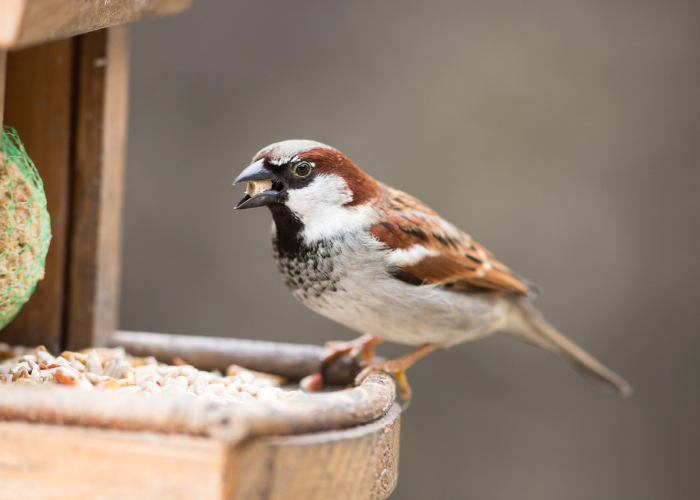
Wildlife is especially abundant over the summer months, and July is a great time to start thinking about how you can support biodiversity. There are many ways you can attract wildlife to your garden – for example, setting up bird feeders, bird baths and insect-friendly plants. You may also consider installing a small pond to attract frogs, toads and beneficial insects.
Here are some tips to help you create a wildlife friendly environment:
• Native plants – Choose native plants that are well-suited to your region and provide food and habitat for local wildlife. These plants are adapted to the local ecosystem and often require less water and maintenance.
• Pollinator gardens – Include a variety of flowers, shrubs, and herbs that attract pollinators such as bees and butterflies. Plant species like lavender, coneflowers, sunflowers, and salvias, which are known to be attractive to pollinators.
• Water Sources – Provide a water source such as a birdbath, shallow dish, or small pond. Be sure to keep the water fresh and clean to attract birds, butterflies, and other wildlife that rely on water for drinking and bathing.
• Bird Feeders – Hang bird feeders filled with nutritious seeds, particularly those favoured by local bird species. Place feeders in safe locations, away from predators, and provide different types of feeders to accommodate various bird species.
• Butterfly and Bee Houses – Install butterfly houses and bee boxes in your garden. These structures provide shelter and nesting spaces for butterflies and solitary bees, enhancing their population and overall garden ecosystem.
• Provide Shelter – Incorporate elements such as birdhouses, bat boxes, and brush piles to offer shelter and nesting places for different creatures. These structures mimic natural habitats and provide safe spaces for wildlife to raise their young.
• Mulching and Composting – Use organic mulch and compost to improve soil health and provide habitat for beneficial organisms like earthworms and insects. These organisms contribute to a healthy garden ecosystem.
• Create Diverse Habitats – Design your garden to have a variety of plant heights, textures, and structures. This diversity will attract a wider range of wildlife, including birds, insects, and small mammals.
• Minimise Light Pollution – Reduce unnecessary outdoor lighting or use motion sensor lights to minimise light pollution, especially during night time. This helps nocturnal creatures and maintains the natural rhythms of the ecosystem.
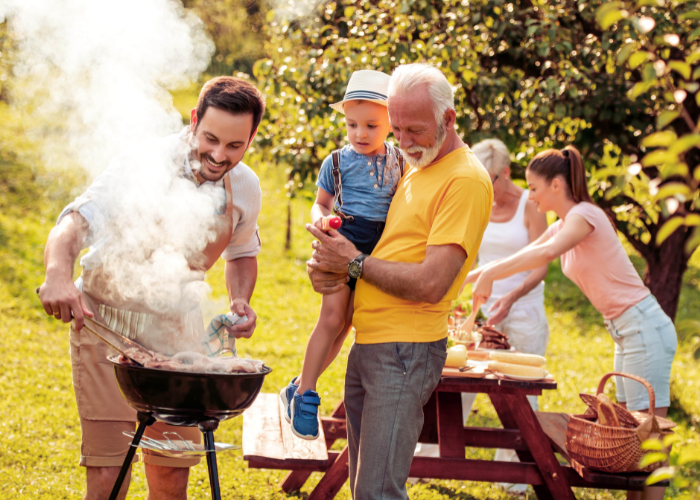
Hopefully July will bring ample opportunities for outdoor dining, barbecues, or socialising with friends and family.
Our timber picnic tables are the perfect way to enjoy al fresco dining and soak up the summer atmosphere during the barbecue season. Our range of durable, pressure-treated garden picnic tables with benches are available in a variety of shapes and sizes, making them ideal for any outdoor space.
Visit our Midgley and Brigg to discover our extensive range of summer essentials to landscape your outdoor space. From garden decor to practical tools, we have everything you need to enhance your garden this season.
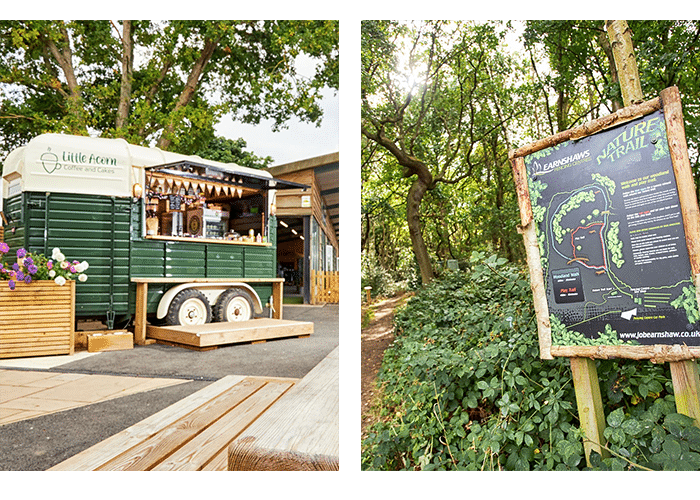
As well as catering for all your gardening needs, our Midgley Centre is home to the Little Acorn coffee stop and two fascinating woodland walks – the ideal destination for the whole family to enjoy over the summer holidays!
The Little Acorn, our vintage horse box turned cafe, serves a variety of hot and cold food and drink daily, including locally-made Yummy Yorkshire Ice Cream.
We also have two popular nature trails, of differing lengths, for children to explore, with historical facts about the area dotted throughout – follow the nature trail in search of magical fairies, designed by local artist Lanson Moore.
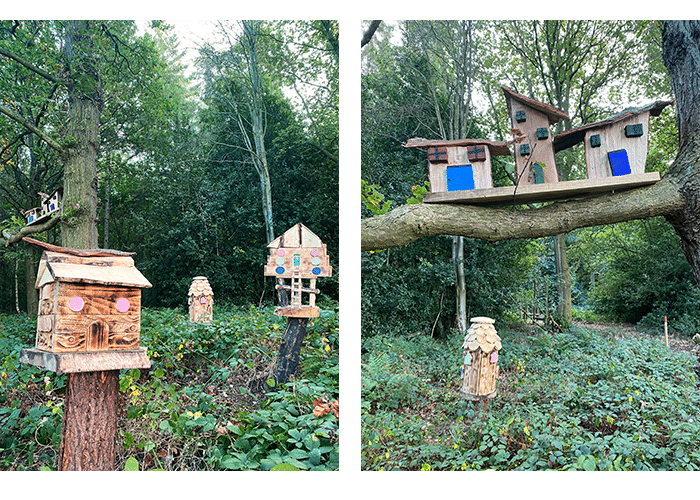
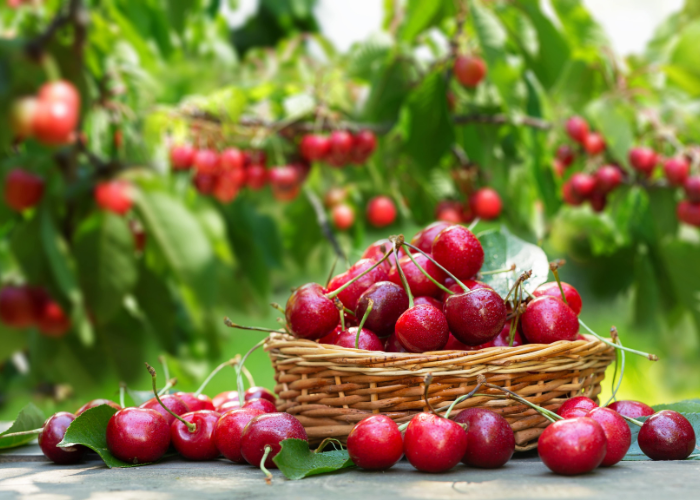
• Apricots – Harvest apricots in late July, picking them from the tree by hand – the fruit bruises easily so be sure to handle carefully.
• Shallots – When their foliage starts to turn yellow and flop over, the first shallots of the season will be ready to harvest.
• Cherries – July is the perfect month for harvesting cherries. Harvest cherries with the stems still attached, either by hand or with a pair of secateurs – unless you plan on using your cherries right away, in which case the stems can be left on the tree.
• Tomatoes – Seeds sown in March and April should be ready to harvest in July. Ideally, tomatoes should be harvested when fully ripe, although they can be harvested when they are still green.
• Courgettes – Courgettes are best harvested when small. Use a knife to cut them off at the base, or sharply twist the stalk.
• Runner Beans – July is the best time to harvest runner beans. Pick the beans every two or three days to prevent them from becoming stringy. Your plant will produce more pods the more you pick.
• Blueberries – The longer these berries are left on the bush, the sweeter they become. To harvest, use your thumb to gently roll the berries off the stem.
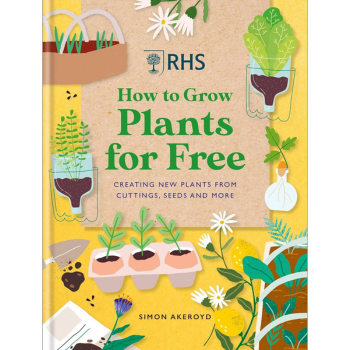
RHS How to Grow Plants for Free by Simon Akeroyd
Increase your stock of plants easily and for free by propagating them yourself. This book demystifies the art of taking cuttings and explains the other ways you can multiply your garden plants.
Available from Amazon here.
“Everything good, everything magical happens between the months of June and August.”
– Jenny Han